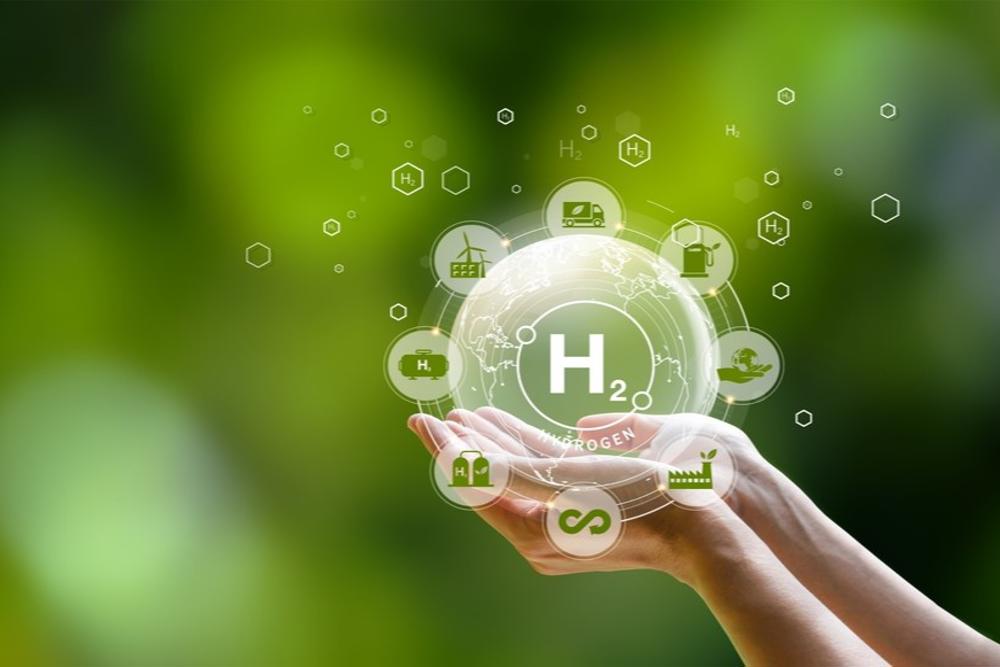
The Norwegian government has announced a NOK 3.6 billion (AU$546 million) ‘Green transition package’ which includes solutions such as hydrogen, building renovation, batteries, offshore wind, circular economy, green shipping and other forms of green energy.
Following the announcement, a hydrogen strategy was launched. Norway is following suit of many other European countries which are also looking into the hydrogen economy benefits, which is key for reaching net zero greenhouse gas GHG emissions by 2025.
“Norway’s investment into hydrogen and other green technologies is a good start, but more needs to be done. Urgently,” says Nils Røkke, Chairman of the Board of the European Energy Research Alliance (EERA) and Executive Vice President Sustainability SINTEF Energy, one of Europe’s largest independent research organisations.
“Pilots and demo activities are highlighted, but we need to scale initiatives to create change. The hydrogen economy is crucial for Europe and Norway to reach ambitious energy and climate goals. We must dare to invest and take a bet on hydrogen now.”
Hydrogen economy to reach the climate goals
Implementing a hydrogen economy would decarbonise the economy and significantly improve Europe’s ability to reach climate goals. When used, hydrogen only emits water.
But for hydrogen to be a low or emission-free energy carrier, it must be produced with no or low emissions, for example by electrolysis using renewable power or from natural gas with CO2 capture, transport and storage (CCS). Hydrogen can also support the phase-in of less controllable renewable power and become the preferred option for storing large amounts of energy over longer periods.
“Hydrogen has exciting opportunities in store for Norway, both as an energy and a technology nation. We must seize the opportunity to support the transition towards an emission-free Europe,” says Røkke.











